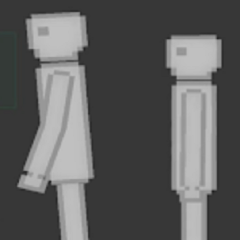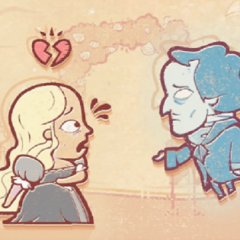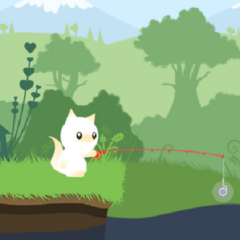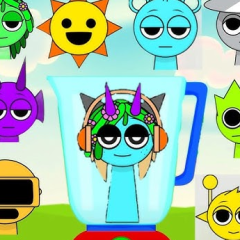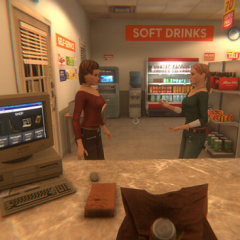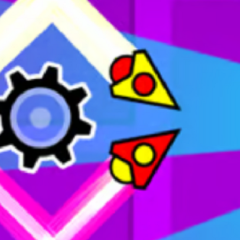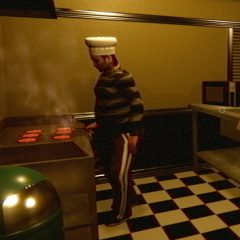Suck Up is a game where the player takes the role of a vampire trying to gain access to homes without using force. Instead of traditional horror mechanics, the game is based on conversations, behavior, and strategic disguise. The character must interact with a variety of residents in a stylized town, trying to win their trust and convince them to open their doors. The challenge is not in survival or combat, but in understanding social dynamics and making the right decisions during each encounter.
Interaction System and Decision-Making
Gameplay revolves around choosing how to approach each character. Some residents may be more welcoming, others suspicious or cautious. The player has tools like costumes, tone adjustments, or small talk options to adapt to the situation. Each choice leads to different reactions, and failed attempts can increase suspicion in the neighborhood. The key to progress is observation—learning from mistakes, recognizing patterns in responses, and changing tactics accordingly.
Core Mechanics Featured in Suck Up
Among the main mechanics of the game are:
· Dialog-based progression with branching paths
· Disguise tools for changing appearance or voice
· Households with unique personalities and routines
· Suspicion meter that rises with failed interactions
· Multiple endings depending on the player’s approach
Visual Approach and Sound Design
The game uses simple but recognizable visuals. Environments are small but detailed, with each house and character drawn in a way that reflects their personality. The user interface is minimal, focusing the player’s attention on spoken words and behavior. Sound effects support each interaction, with subtle audio cues for character mood, door movements, and shifts in tone. There is no background music, only ambient noise to keep the tension focused on conversation outcomes.
Replay Potential and User Engagement
Suck Up is structured to be replayed multiple times. No two sessions are the same, since different approaches can lead to different reactions and results. Some characters may reveal new information only after several visits, while others change their behavior based on how others were treated. The game encourages exploration of tactics, from polite persuasion to bold improvisation. With no strict objectives and multiple branching outcomes, players can approach each run with a new strategy and uncover hidden paths over time.






